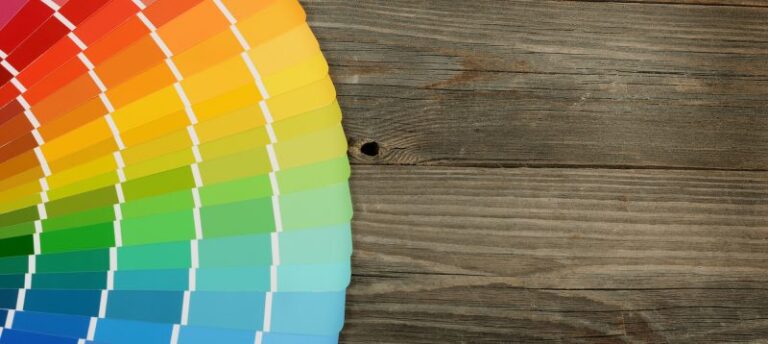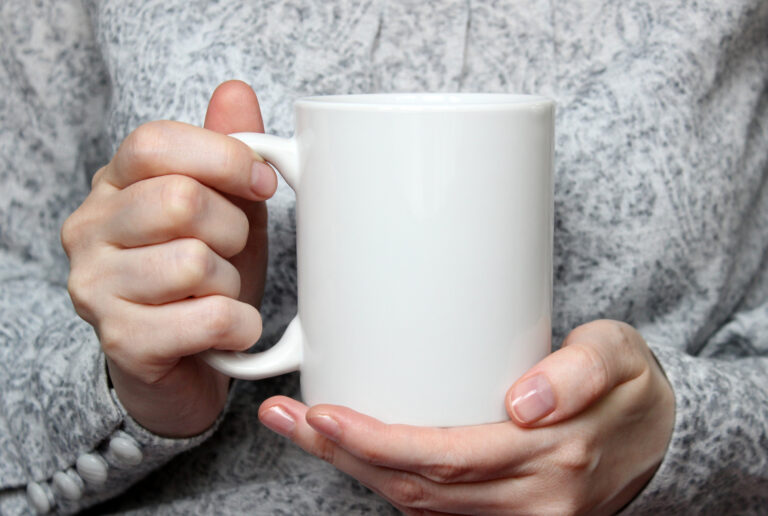When you think of business cards, maybe you imagine stacks of glossy rectangles that cost a fortune to print. But here’s the truth: creating budget business cards that still look professional and eye-catching is easier—and cheaper—than ever before. You don’t need to break the bank to leave a good impression with potential clients.
Whether you’re a freelancer, small business owner, or just someone with a side hustle and a dream, your business card is often the first physical product people see that represents your brand.
Let’s walk through how to create standout cards using free tools, customizable templates, and smart printing options. And yes, all while keeping your cost low and your creativity high.
- Why Business Cards Still Matter
- Start with Free Tools & Templates
- Design Tips That Won’t Cost a Dime
- Paper Stock & Finish: What’s Worth Paying For?

Why Business Cards Still Matter
Even in the age of digital everything, a well-designed business card still packs a punch. It’s a tangible reminder of who you are and what you do. Hand someone your card, and you’ve literally placed your brand in their hand.
Not only are they essential at networking events, conferences, and casual meetups, but business cards are also a classy way to keep your details handy without fumbling with your phone.
Plus, they convey a sense of professionalism and show that you’re serious about what you do.
Start with Free Tools & Business Card Templates
Creating business cards used to require graphic design skills and expensive software. Now? Not so much. Plenty of online tools make it easy to browse and customize free business card templates. A few popular platforms include:
- FreeLogoServices: An excellent online tool for delivering quick results to anyone who needs a business card online. It comes with hundreds of templates, with the design being free of charge.
- Canva: Very beginner-friendly with drag-and-drop features. You can find minimal, bold, colorful, and elegant business card templates—just choose your style.
- Adobe Express (formerly Adobe Spark): Offers sleek templates with room for full customization.
- Microsoft Designer: While perhaps less specialized, tools like Microsoft Designer (with its AI features) have templates that can be adapted for basic business card design if your needs are simple.
- VistaCreate (formerly Crello): Similar to Canva, VistaCreate provides a wealth of templates and design assets, great for experimenting with different visual styles.
You can start with a template, then customize the size, finish, layout, and even upload your own design or logo.
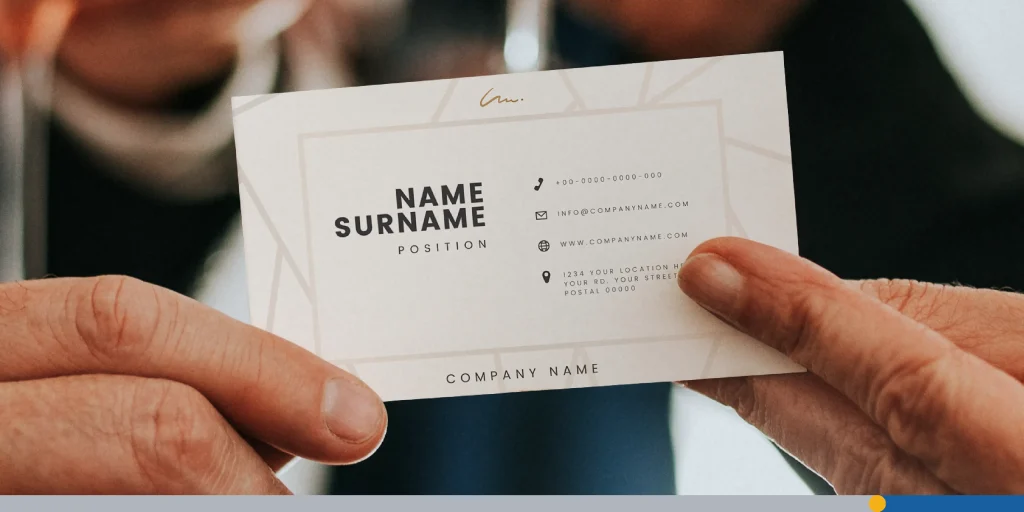
Design Tips That Won’t Cost a Dime
Alright, so you’ve found your perfect template, or you’re ready to start from scratch. Now what? Time to bring it to life. Here are some easy (and free) design tips to keep your card professional:
1. Keep it Simple (The Less is More Mantra)
A cluttered card is hard to read and looks clumsy. Stick to essential details: name, title, contact info, website, and maybe one color or logo to make it pop. Apply filters solely to simplify the final design while still allowing for the distinction of the product being presented.
2. Make it Readable
Your contact information is crucial. Choose clean, easy-to-read fonts. Avoid overly scripty or decorative fonts for essential details.
Aim for a font size that’s legible (typically 7 – 8pt minimum for supporting text, larger for your name/company). Limit yourself to 2-3 font styles to maintain consistency.
3. Use High-Quality Images & Logos
If your business includes visual work, like photography, art, or design, or if you’re using a logo, ensure it’s a high-resolution file. A pixelated or blurry image will instantly cheapen your card’s appearance, and it can work well on a beverage brand or a full-screen web page. Many free tools offer libraries of free stock elements, or you can use sites like Unsplash or Pexels for high-quality imagery (always check licenses).
4. Embrace White Space
Don’t try to fill every millimeter of the card. Negative (or white) space helps elements breathe, improves readability, and contributes to a more sophisticated, uncluttered look.
5. Think About Shape
While the standard rectangular card (typically 3.5 x 2 inches or 85 x 55 mm) is the most budget-friendly, some tools let you design for square, rounded corners, or even vertical orientations. These can help you stand out but may incur slightly higher printing costs.
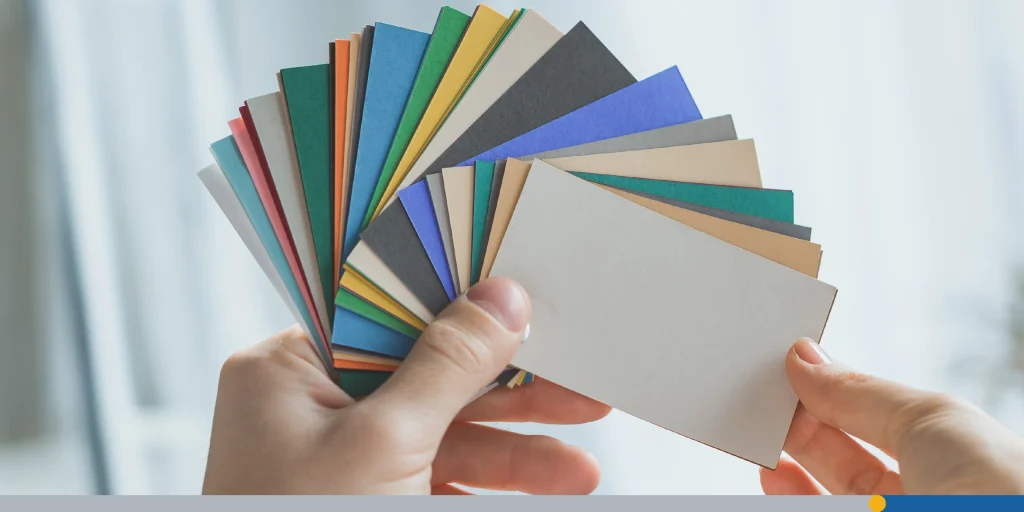
Paper Stock & Finish: What’s Worth Paying For?
Now, let’s talk paper stock and finish. This is one area where a little extra cost can go a long way.
Here are common choices:
- Standard matte: A classic, clean, no-glare finish. It’s easy to write on, which is a plus if you want to add a personal note.
- Glossy: Features a shiny, reflective coating that makes colors appear more vibrant and can protect against moisture. Best for image-heavy designs.
- Premium uncoated/textured: Can include options like linen, laid, or felt. These offer a tactile experience that feels more luxurious and professional.
- Recycled: An excellent choice for eco-conscious brands, often with a natural, slightly textured feel.
Pro tip: Order a free sample pack from printing companies. Feel the difference in your hand before you choose your product.
Where to Print (Without Emptying Your Wallet)
So, your card is designed. Where do you actually get it printed? You’ve got options that won’t wreck your budget:
- Vistaprint: Affordable and frequent promo codes.
- Moo: Slightly higher price, but they offer creative templates and thick paper stock.
- GotPrint: Budget-friendly, good for large orders.
- Local print shops: Don’t overlook the place down the street. Sometimes you can save on shipping.
Always upload your file in the format they request (usually PDF with bleed and crop marks). Check twice before you hit order!
Creative Budget Hacks for Maximum Savings
Need to shave a few more bucks off? Here are clever ways to stay frugal:
- DIY printing (proceed with caution): If you have a good quality printer and plan to print very small quantities, you can buy perforated business card paper stock online or from office supply stores. However, be mindful of ink costs and the potential for a less professional finish compared to commercial printing.
- Bundle orders: If you have friends or colleagues who also need cards, see if you can combine orders with a printer to take advantage of volume discounts.
- Print on one side only: Skipping double-sided printing can significantly cut costs.
- Go Black and white: A monochrome design can be very chic, modern, and is often cheaper to print than full color.
- Look for “free” business card offers: Some printers offer a very small batch of free business cards (e.g., 100-250 cards). The catch? They usually print their logo on the back. This can be a starting point if your budget is truly zero.
- Use QR codes strategically: Instead of trying to cram every piece of information onto the card, include a QR code that links to your website, portfolio, or LinkedIn profile where more details are available.
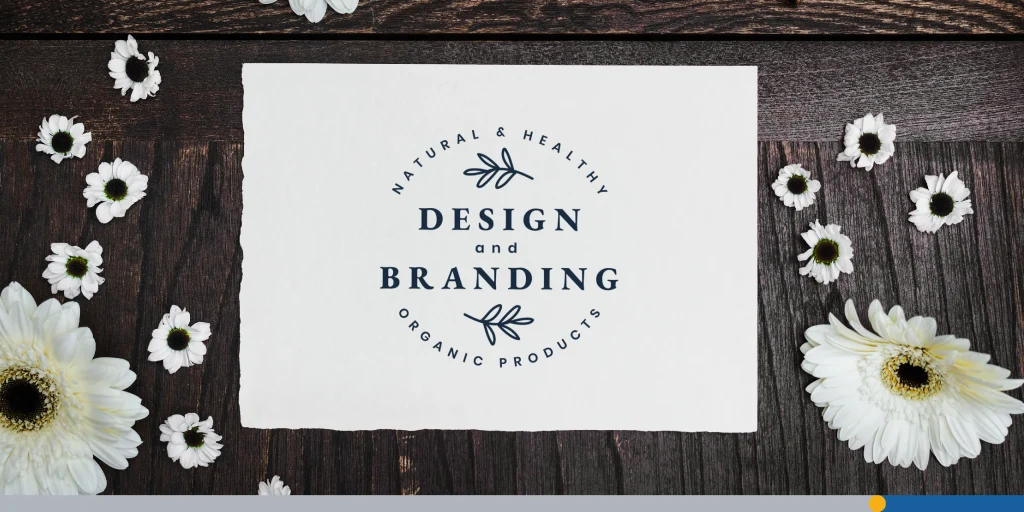
Branding That Sticks
Your business card is your brand ambassador. Make sure your design aligns with your overall vibe. A yoga instructor might use soft colors and calming fonts. A tech entrepreneur might go bold with sharp edges and bright accents.
The point is: your card should feel like your brand. Use consistent images, fonts, and color schemes.
The Little Details That Make a Big Difference
Sometimes it’s the little things that leave the biggest impression:
- Add a QR code: As mentioned, this is a fantastic way to link to your online presence (website, portfolio, LinkedIn, online store).
- Use icons for contact methods: Small, universally recognized icons for phone, email, website, and social media can save space and add visual appeal.
- Include a brief tagline or mission statement: A short, memorable phrase that encapsulates what you do or what your brand stands for can be very effective.
- Consider the back: If your budget allows for double-sided printing, use the back for a secondary message, your logo, a QR code, a small portfolio image, or even leave it blank with a matte finish for writing notes.
And always double-check your details—a typo in your email can cost you a client!
Final Touches: Don’t Forget These!
- File size and resolution: Make sure your final file meets print quality standards—300 DPI is the norm for high-quality prints that look great with any graphic or font.
- Bleed area: Allow for cutting errors by extending background images. Your printer template or design tool should provide this information so that no important details are missing in the final trim.
- Proofread, then do it again: Seriously. Get a second pair of eyes. Typos in the email address, phone number or any other detail won’t go unnoticed by anyone trying to contact you. If they fail to contact you, they surely won’t consider looking for more details or asking around.
Conclusion
Creating impactful business cards doesn’t require a huge budget, especially at the start. You don’t have to go for the finest print stock or print both sides. Simpler business cards can also work great if you know where to focus.
Our recommendation?
Tools like the ones mentioned earlier, including Canva or dedicated solutions like FreeLogoServices and our Business Card Maker, put these capabilities at your fingertips.
With the plethora of free design tools and templates available, coupled with smart design choices and budget-conscious printing options, you can produce professional-looking cards that effectively represent your brand and help you make meaningful connections—all without maxing out your credit card.
FREQUENTLY ASKED QUESTIONS
Can I really create business cards for free?
Absolutely! Many design platforms, such as FreeLogoServices or Canva, let you design and download your cards at no cost. You only pay for printing.
What’s the best size for a business card?
The standard size in the US is 3.5 x 2 inches. In Europe and many other parts of the world, it’s often 85 x 55 mm. While these are most common and cost-effective, you can explore square, mini, or custom shape options if you want to stand out, though they might cost more.
Should I use a template or my own design?
Both are great! Templates make it easy, but if you have design skills or a clear vision, go with your own design.
What kind of paper should I choose?
It depends on your budget and brand. Matte is classic; glossy is flashy; textured feels premium.
Can I print business cards at home?
Yes, especially if you’re on a tight budget. Just invest in decent paper stock and make sure your printer settings are optimized.
What are common mistakes to avoid when designing business cards?
- Too much clutter/information.
- Fonts that are too small or hard to read.
- Typos or incorrect information.
- Low-resolution images or logos.
- Not including a bleed, leading to white edges.
- Choosing a flimsy paper stock that feels cheap.
How many business cards should I print?
Start small—100 to 250 is a safe bet. You can always reorder once you know what works.
What if I change my contact info later?
It won’t be an issue. Just update your file and print a new batch. That’s the beauty of small, budget-friendly runs!

